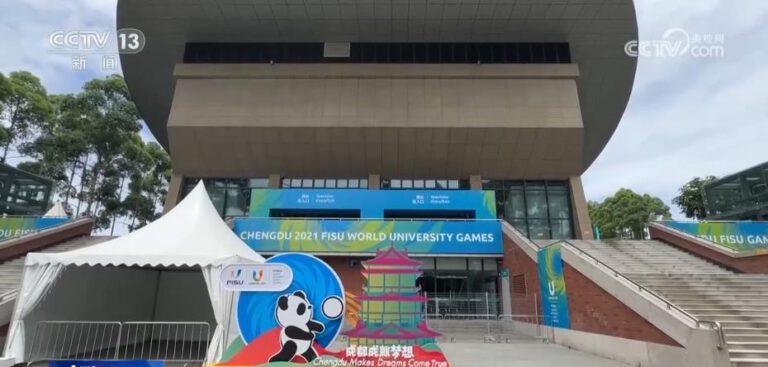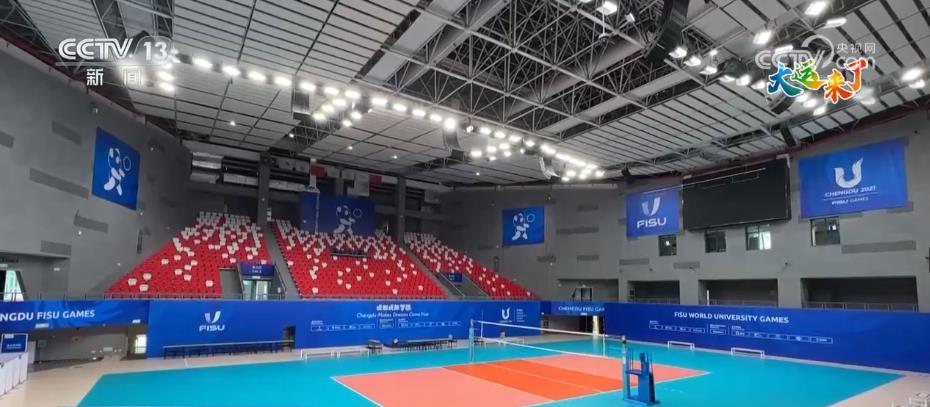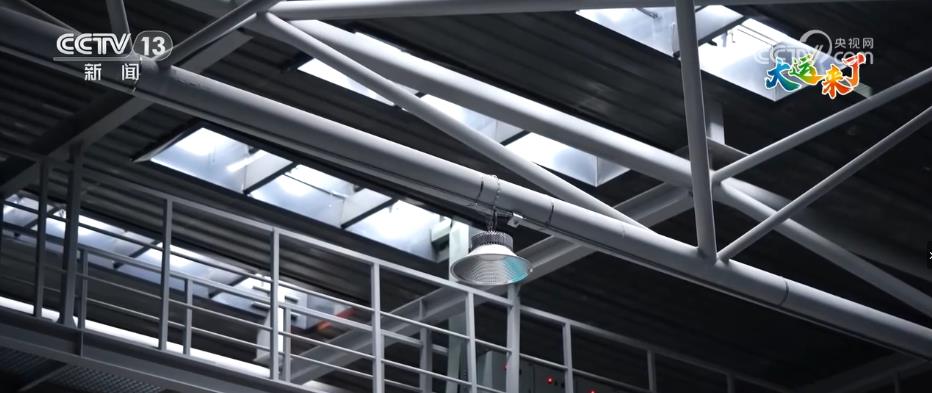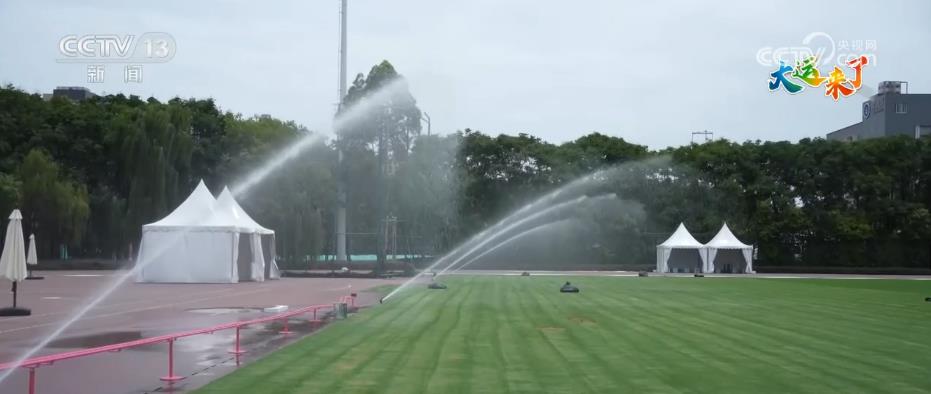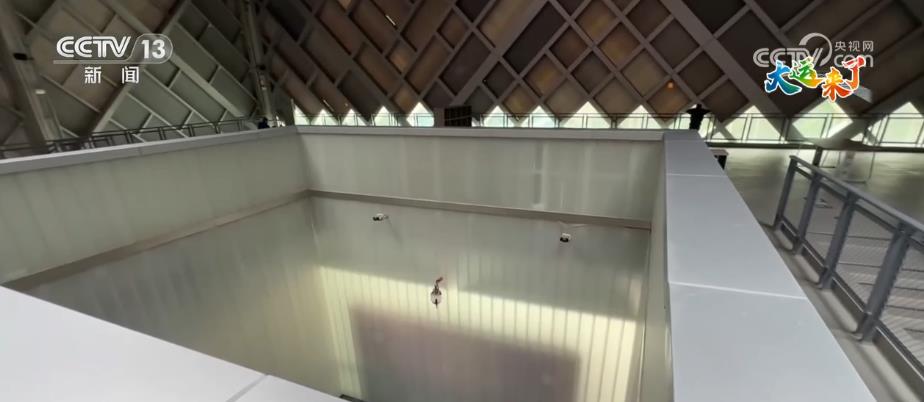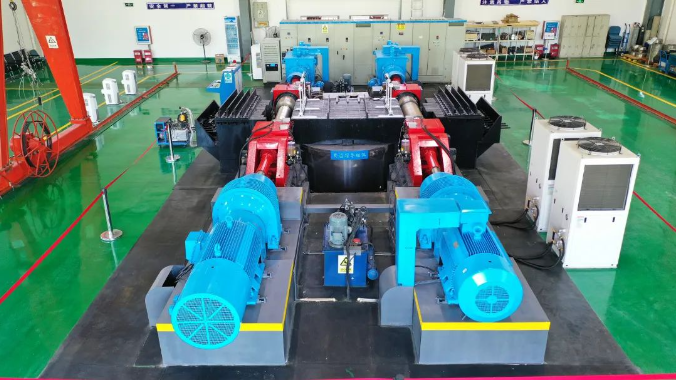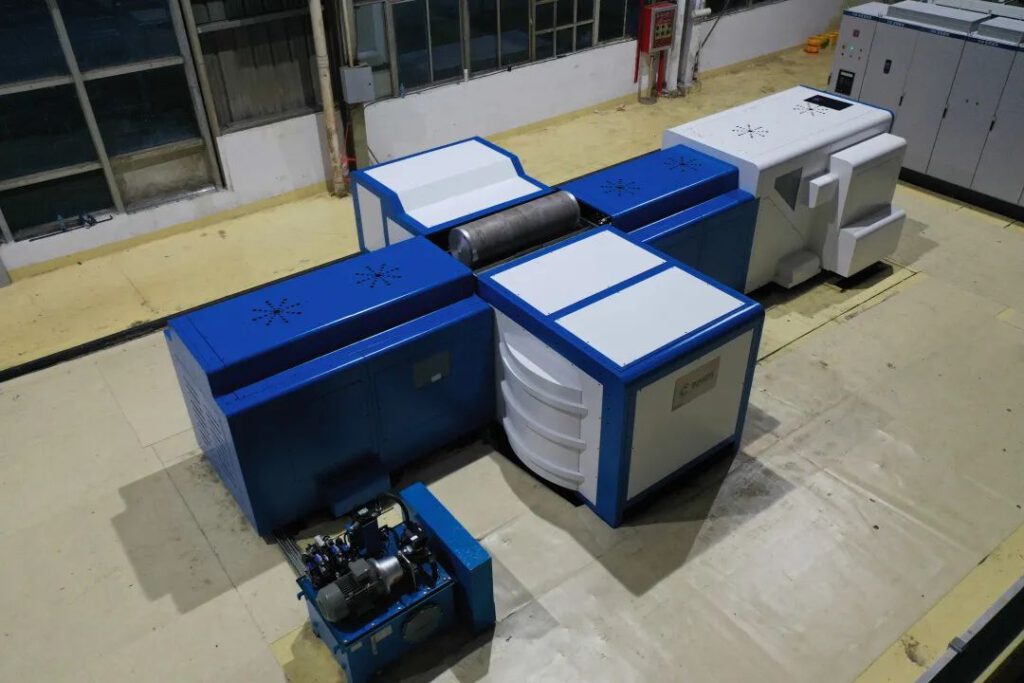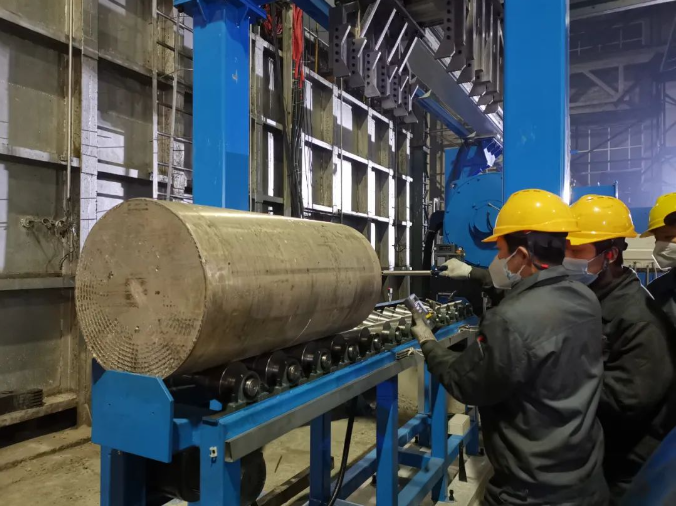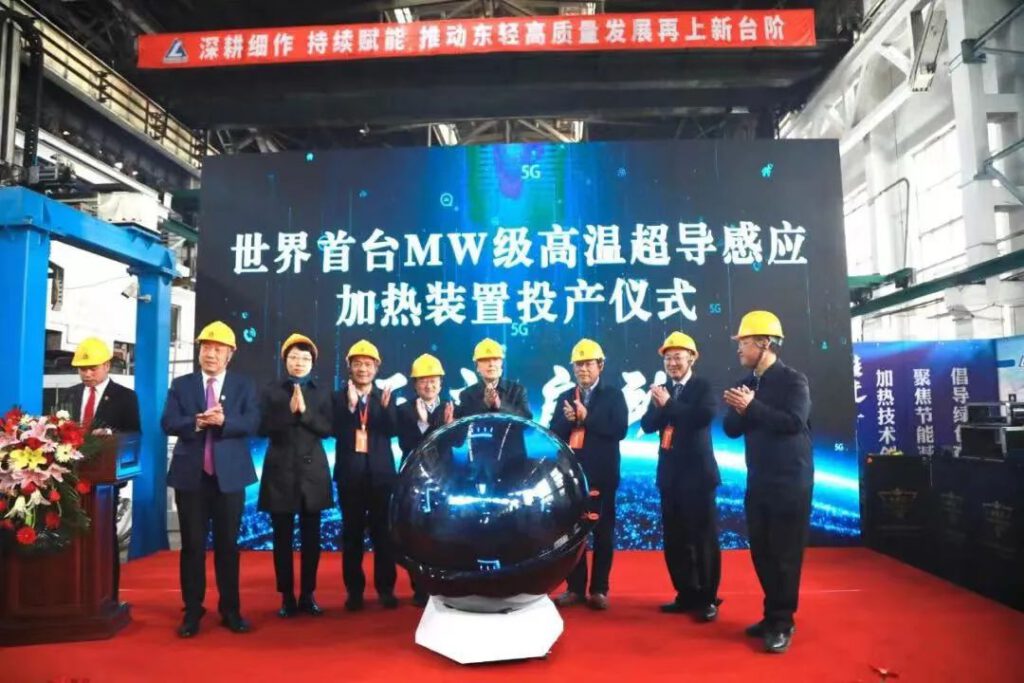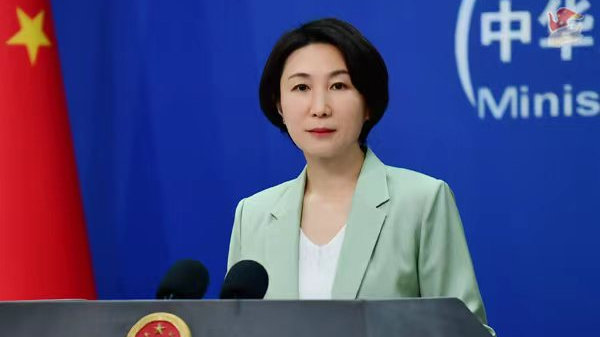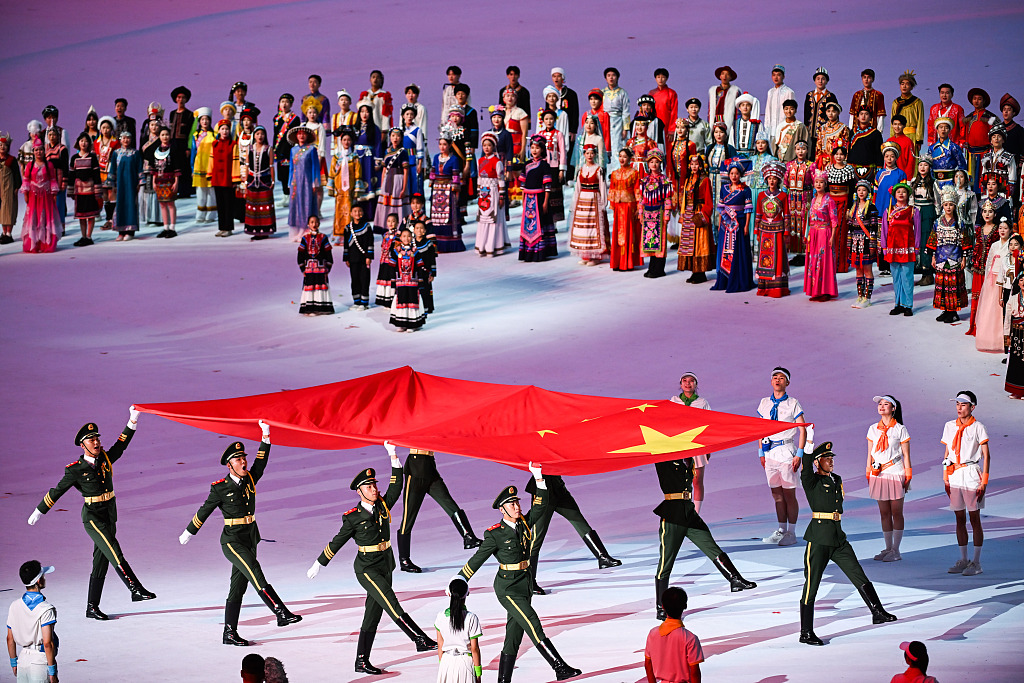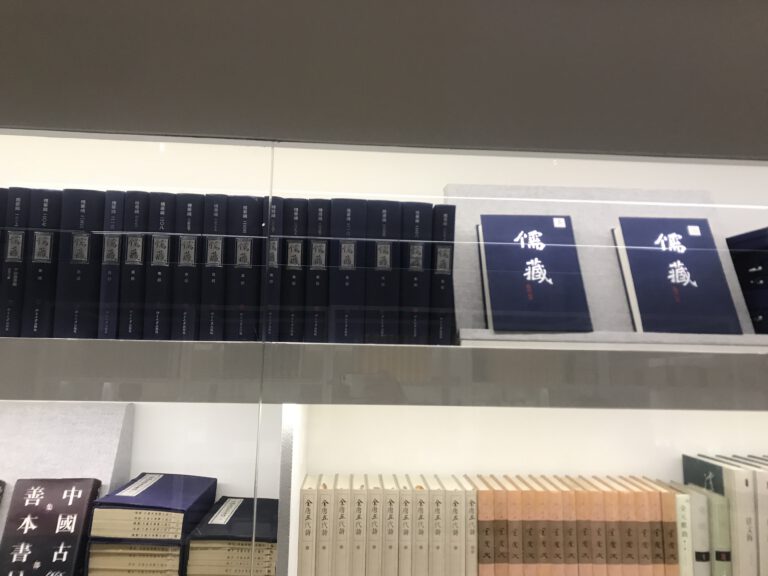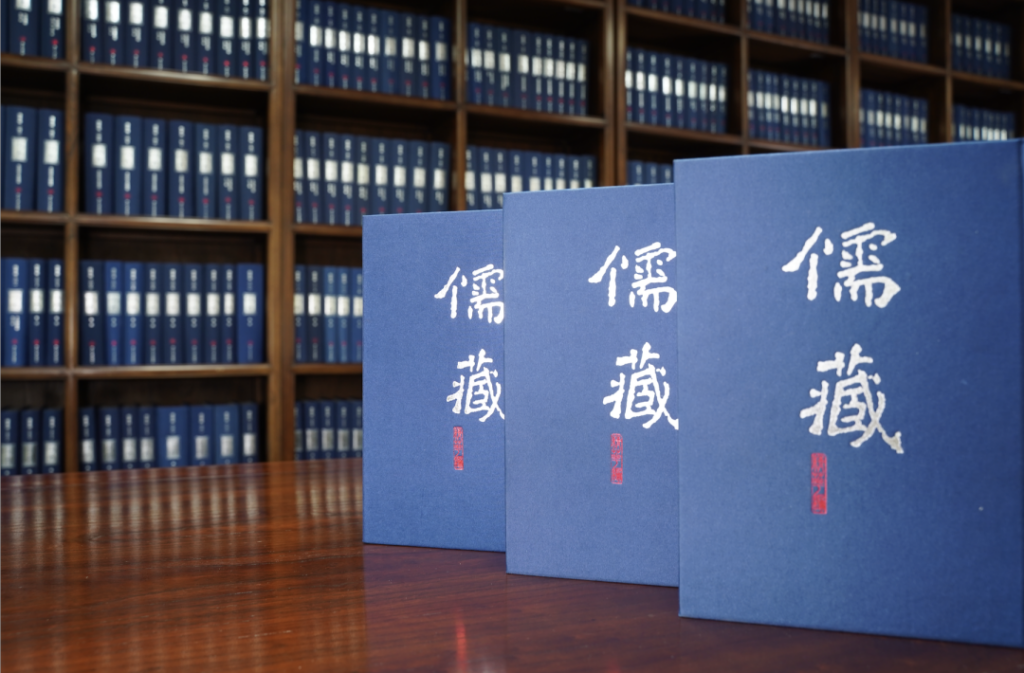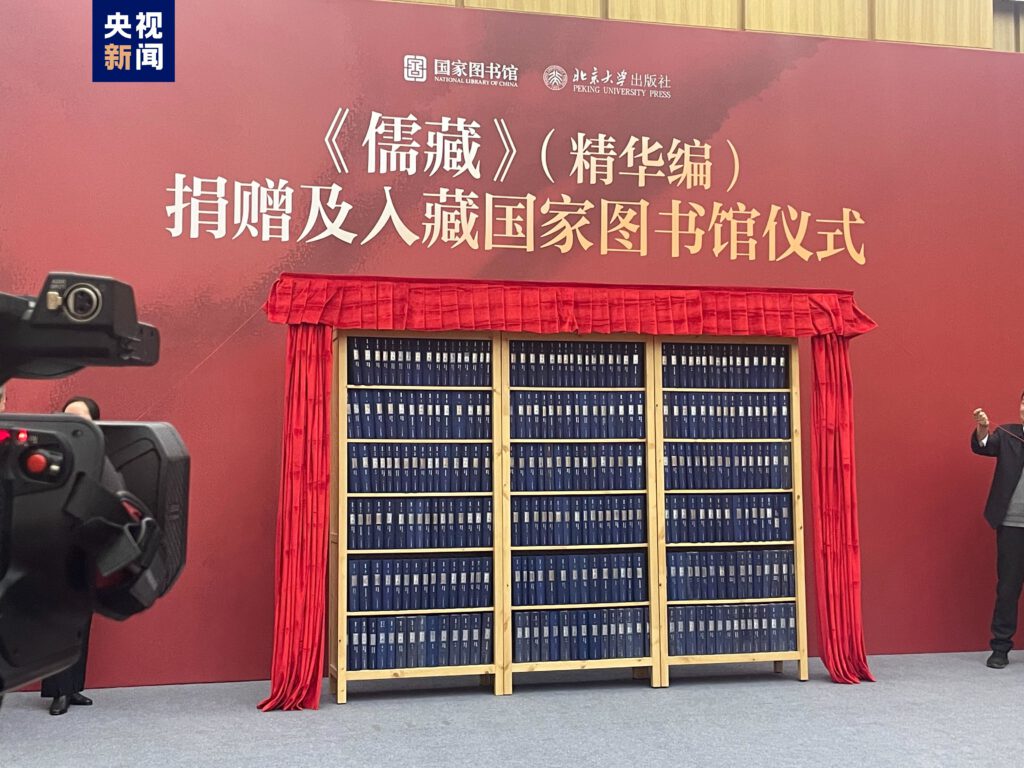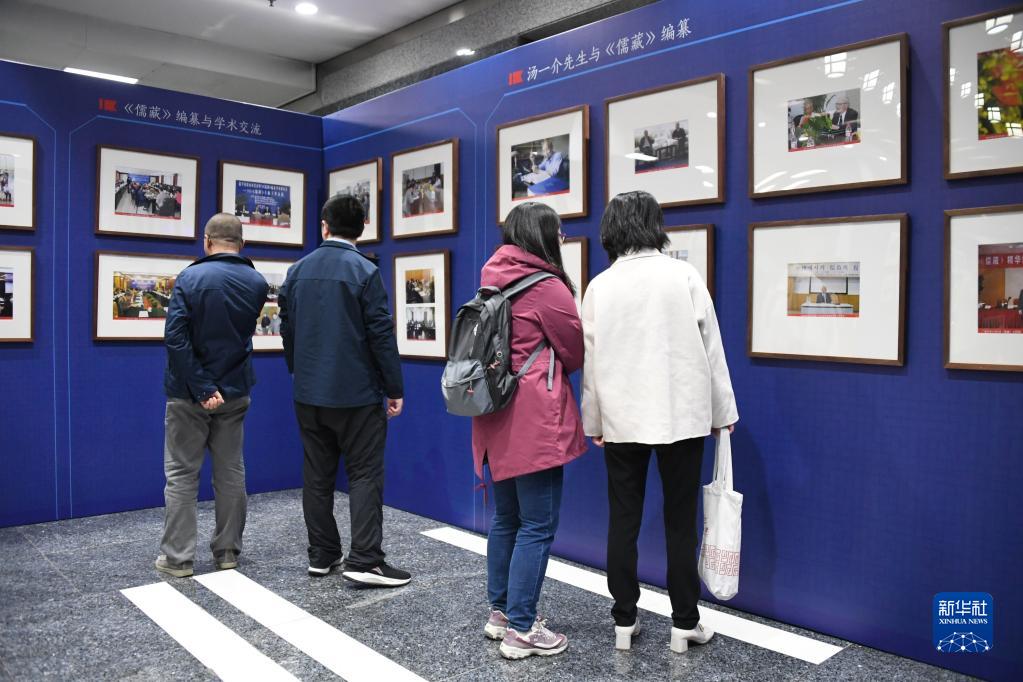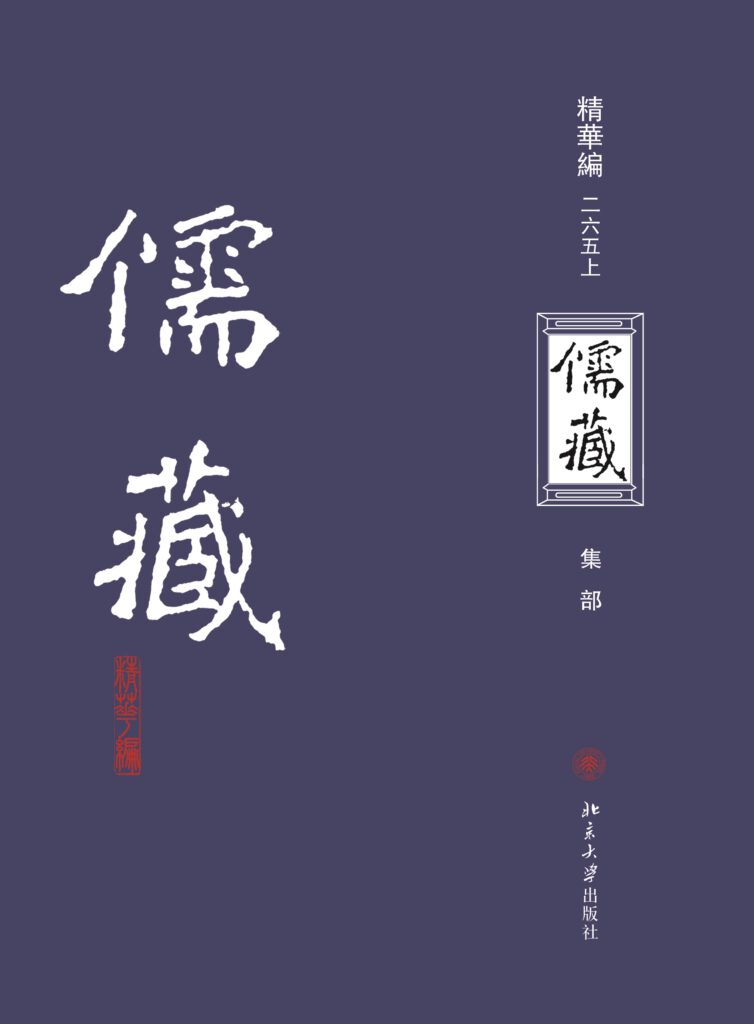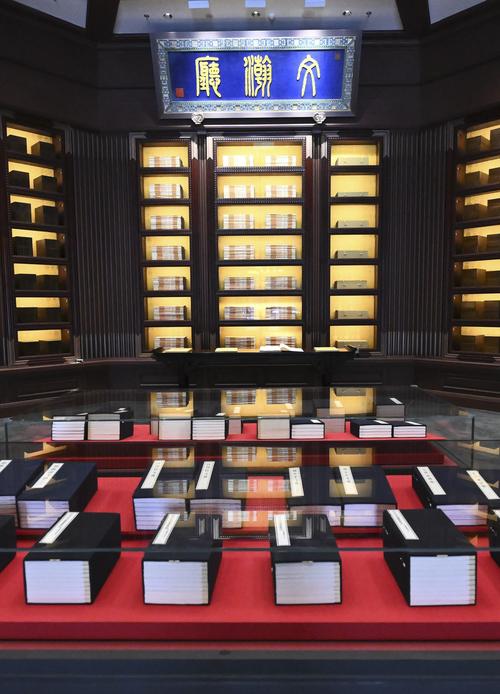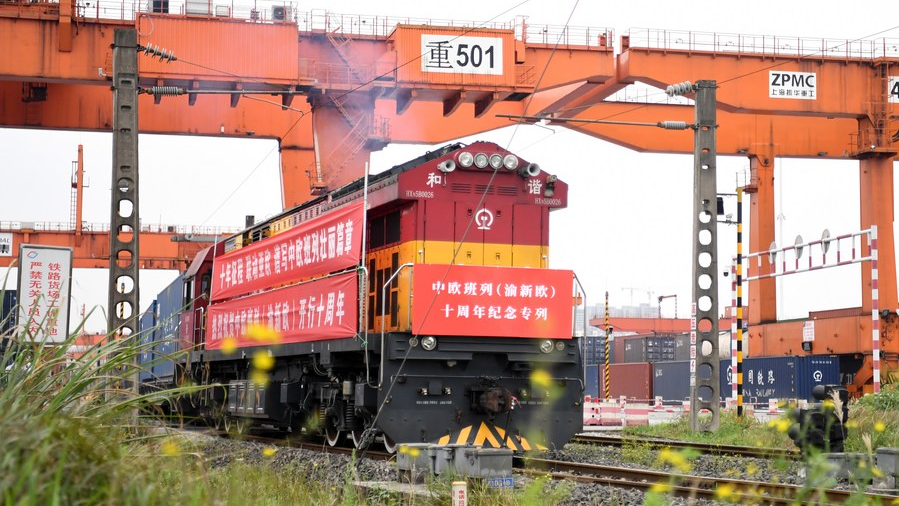Shangdu oder Yuan Shangdu (元上都), manchmal auch Shang-tu (wörtlich “Obere Hauptstadt”) geschrieben, war die erste Hauptstadt von Kublai Khan, der China von 1260 bis 1294 regierte und die Yuan-Dynastie (1271-1368) begründete, die China wiedervereinigte (1276-1279). Die Stadt, von der nur noch Ruinen erhalten sind, liegt in der heutigen Inneren Mongolei, 275 km nördlich von Peking und 28 km nordwestlich von Duolun. Die Stätte gehört zum Weltkulturerbe der UNESCO.
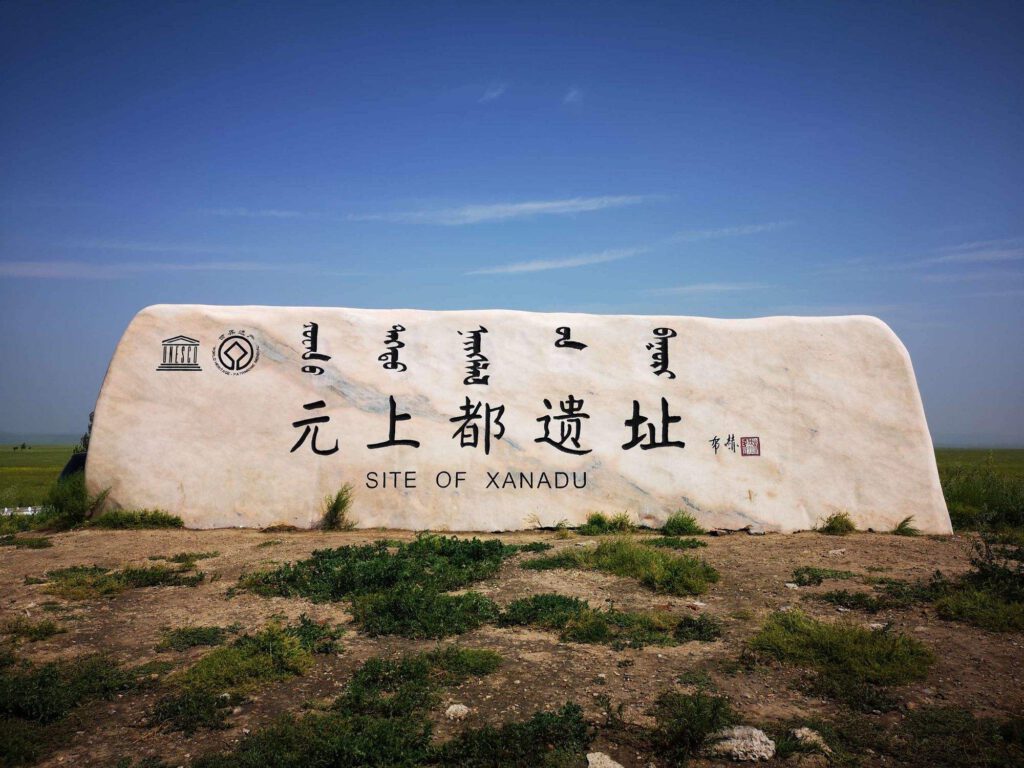
In Europa wurde die Stadt durch das Buch von Marco Polo (1298) bekannt.
Xanadu ist ein weiterer Name, den Coleridge in einem seiner Gedichte verwendete und der durch den Film Citizen Kane von Orson Welles populär wurde, in dem er die von Kane erbaute prachtvolle Residenz bezeichnet.
Bevor Kublai an die Spitze des “Reiches oder vielmehr der riesigen mongolischen Steppe” gelangte, war er nach 1251 von seinem Bruder, dem Khagan Möngke, zum Khan von Nordchina ernannt worden. Auf Anraten seines chinesischen Ministers Liu Bingzhong errichtete er dort seine Hauptstadt Shangdu.

Nach dem Tod seines Bruders Möngke ließ sich Kublai Khan dort am 5. Mai 1260 zum Kaiser der Mongolen ausrufen.
Kaiping
Ursprünglich Kaiping (开平 / 開平) genannt, wurde die Stadt 1264 zur Oberhauptstadt (Shangdu) erhoben, als Kublai von seinen Rivalen als Kaiser anerkannt wurde. Im Jahr 1278 wurde sie wieder zu Kaiping, der Sommerhauptstadt der mongolischen Kaiser von China, als Kublai nach Peking umzog, das er wieder aufbauen ließ.
Die Stadt wurde 1368 während des Aufstands der Roten Turbane zerstört, der den Sturz der Yuan-Dynastie und ihre Ablösung durch die Ming-Dynastie einleitete.
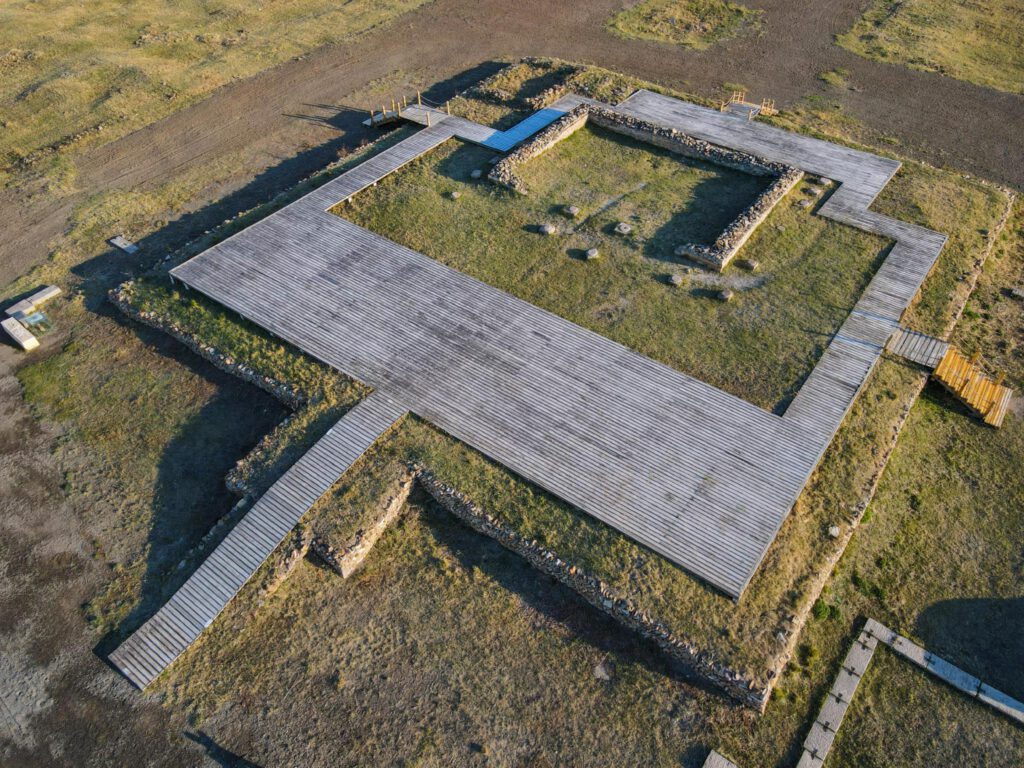
Die sichtbaren Überreste sind ebenerdig: mit Erde bedeckte Mauersockel und eine kreisförmige Backsteinplattform in der Mitte des inneren Mauerrings.
Struktur der Stadt
Der Bau der Stadt dauerte 4 Jahre und wurde 1256 unter Einsatz von zehntausenden Sklaven abgeschlossen. Sie gliedert sich in eine quadratische “äußere Stadt” mit einer Seitenlänge von 2,2 km und in eine ebenfalls quadratische “innere Stadt” mit einer Seitenlänge von 1,4 km, in der sich der 550 m breite Kaiserpalast befand (40 % der Fläche der Verbotenen Stadt in Peking).

Durch diese Aufteilung wurde die Stadt hierarchisch gegliedert. Die großen Steinhäuser, die den Würdenträgern vorbehalten waren, bildeten die Steinerne Stadt. In der nahe gelegenen Stadt der Schriftgelehrten, die mit Tempeln und zahlreichen Brunnen ausgestattet war, lebten Beamte der kaiserlichen Verwaltung, des Militärs, Ingenieure und der Hofstaat.
Eine dritte und größte Stadt beherbergte die Wohnstätten des Volkes, wo sich Steinhäuser chinesischer Bauart mit mongolischen Jurten abwechselten, mobilen Bauten, die auf den Reisen des Kaisers mitgeführt wurden. Die Stadt war von einer Militärmauer umgeben und verfügte über einen Zoo und Parkanlagen. Zur Blütezeit der Stadt lebten hier schätzungsweise 200.000 Menschen.
Marco Polo
Der Venezianer Marco Polo besuchte die Stadt mehrmals, als er 1274 am Hof von Kublai eintraf, den er später begleitete. In seinem Buch nennt er die Stadt zuerst Clemeinfu (Kaipingfu) und dann Ciandu.

Seine Beschreibung von Shangdu, kurz vor Beginn des II. Buches seiner Erzählung, leitet die Beschreibung der “großen Taten und Wunder des großen Herrn der Herren, das heißt des großen Herrn, der der Kaan der Mongolen ist, der Cublay genannt wird, sehr edler und mächtiger Herr” ein. Seine Beschreibung beginnt folgendermaßen:
“[Eine] Stadt …, die Ciandu genannt wird, die der große Kaan, der gegenwärtig regiert, hat bauen lassen. Und dort steht ein sehr schöner Palast aus Marmor. Die Gemächer darin sind alle mit Gold bemalt, mit Bildern und Figuren von Tieren und Vögeln und Bäumen und Blumen, so schön und fein, dass es eine Freude und ein Wunder ist, sie zu sehen. Um diesen Palast herum sind Mauern, die 16 Meilen Land umschließen, wo es Quellen und Flüsse und genug schöne Wiesen gibt. Und drinnen gibt es Tiere aller wilden Arten, nicht wilde, die der Fürst dort untergebracht hat und die er hält, um die Gyrfalken und die Falken zu füttern, die er dort in einem Käfig hält, das sind mehr als 200 Gyrfalken ohne die Falken. Und er selbst besucht sie jede Woche in ihren Käfigen. Und manchmal reitet er dort herum und hat einen Leoparden hinter sich. Und wenn er ein Tier sieht, das ihm gefällt, lässt er den Leoparden los und nimmt es mit und füttert es den Vögeln im Käfig … und der Herr wohnt dort auf der Wiese, manchmal im Marmorpalast, manchmal im Bambuswald, drei Monate im Jahr: es ist Juni und Juli und August. … ” Etwas, das alle Träume der Europäer von geheimnisvollen Orientforschungen nährt.




